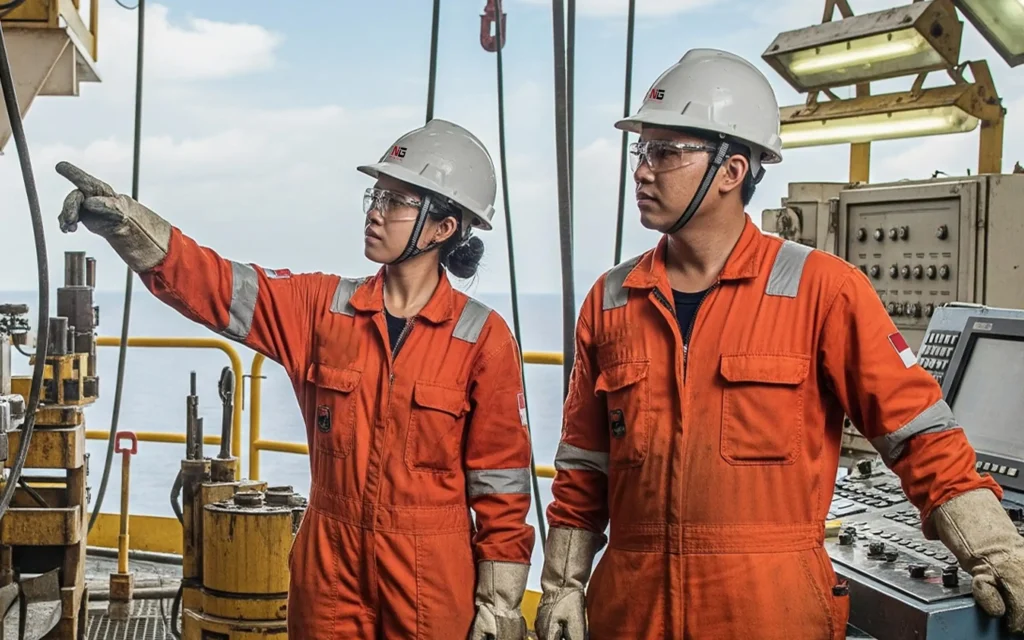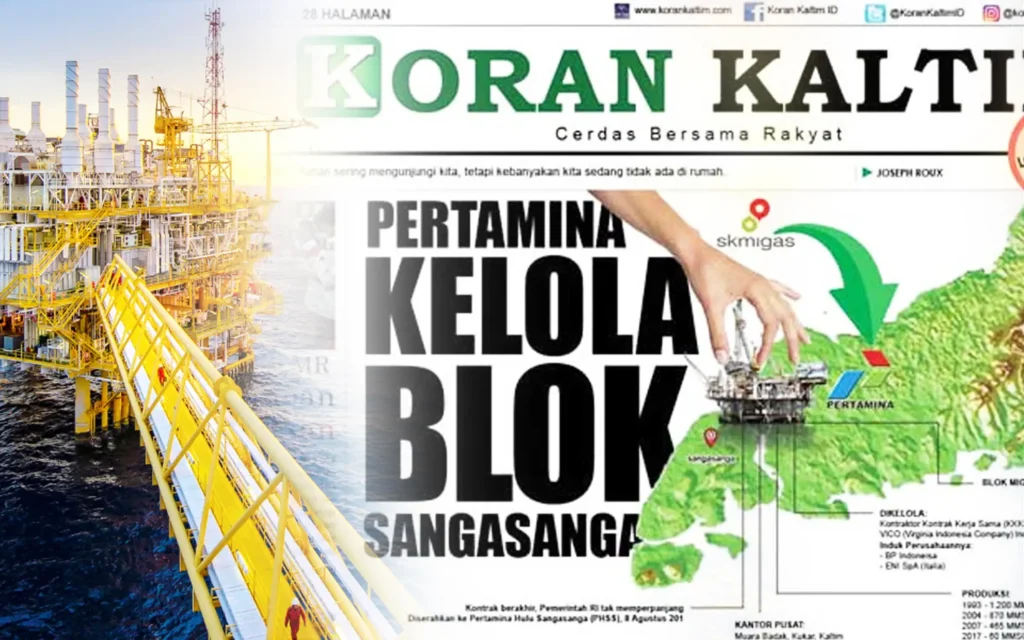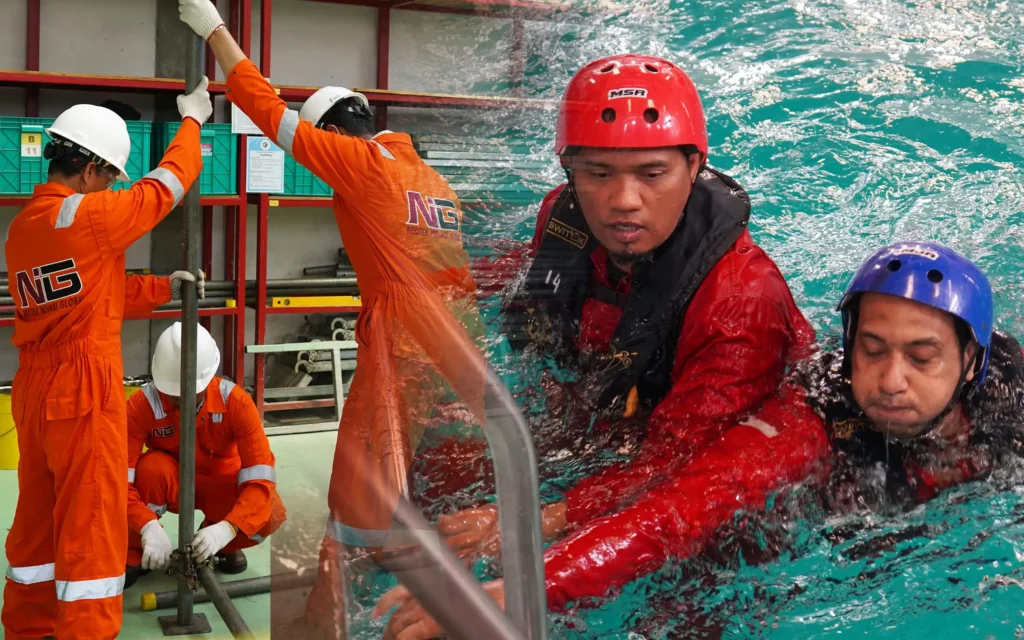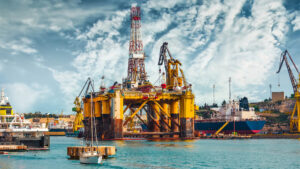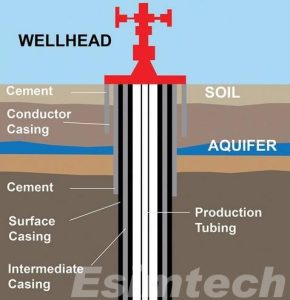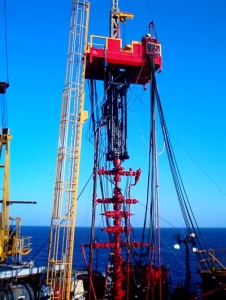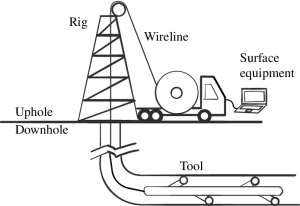Working on a drilling rig is one of the most challenging jobs in the oil and gas industry. Crews operate in environments with heavy machinery, high pressures, and flammable substances. Because of these risks, drilling safety is not just a regulation—it is a way of working that every crew member must follow to protect themselves, their team, and the operation.
Why Safety Matters on the Rig
Drilling incidents can happen in seconds and often have severe consequences, from injuries to large-scale accidents like fires or blowouts. By applying proven safety practices, workers can reduce risks, maintain well integrity, and ensure that drilling operations run smoothly without unnecessary downtime.
Essential Safety Practices for Workers
-
Always Wear PPE
Helmets, flame-resistant clothing, gloves, safety glasses, and hearing protection are basic requirements to minimize exposure to hazards. -
Follow Well Control Procedures
Learn how to recognize early kick signs, shut in the well correctly, and understand your role during well control drills. -
Stay Alert Around Machinery
Keep a safe distance from rotating equipment such as drill strings and tongs. Never bypass machine guards or safety devices. -
Communicate Clearly
Use hand signals, radios, and safety briefings to avoid misunderstandings, especially during critical operations like hoisting or pipe handling. -
Participate in Safety Meetings and Drills
Toolbox talks and emergency response exercises help prepare crews for real incidents such as gas releases or equipment failures. -
Report Hazards Immediately
If you see something unsafe—like a leaking connection, worn-out sling, or pressure anomaly—report it right away.
Building a Safety Mindset
Drilling safety is not only about following procedures; it is about creating a mindset where every worker takes responsibility. When crews are trained, equipped, and committed to safety, accidents can be prevented, productivity improves, and lives are protected.






